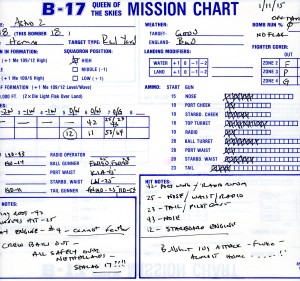Finally set up this Against The Odds magazine game from December 2005(!). The magazine includes an excellent article on the genesis of this historical campaign, as well as the actual fighting. The mini-game Assault on Narvik is also included in this issue. I mention this only because the rules for Narvik “wrap around” the Aegean rules. I often found myself referring to the Narvik rules, instead of those for War In The Aegean. Disorienting.
This game features joint British and German operations (and technically combined operations since there is a limited US air presence) over a three month period in 1943. The nature of the campaign requires rules for air, naval and ground forces, along with special rules to reflect the presence of Italian forces. I’ve played Europa for a number of years, and Perry Moore’s rules are reminiscent of that operational system. In fact, I’ve toyed with the idea of playing the game (and still might) using Europa rules. In fact, a scenario was published for the Aegean. I never played it because the scale just didn’t seem right, and Europa’s naval rules are, well, inadequate.
Moore uses a variable impulse system. A die is rolled for the number of impulses in a turn. The players then roll to see which side has the initiative and goes first during the impulse. Air missions are flown, then naval operations and, finally, ground operations. Naval forces enjoy hidden movement until spotted. Stacking is unlimited, and units are always in supply. Ground units have a movement allowance of one (1) hex per impulse.
The Allied forces are hindered by aircraft range limitations and overwhelming numbers of Ju-87 Stukas based in Rhodes that can fly anywhere on the map. However, German off-map aerial are resources are limited, and are determined, by-turn, using a die roll.
Allied forces start the game with a number of task forces on the map, poised to land at Kos and Leros. Additional task forces can be formed later in the game, or determined by a separate set of solitaire rules. The invasion of Rhodes is possible beginning on Game Turn 5 and, again, is dictated by a die roll. The Allied player can force an invasion, but at a significant cost in victory points.
The map’s dark blue sea makes reading hex numbers difficult. The counters are just fine, but the cardboard “chads” have me thinking about buying a counter cutter.
Victory conditions for the Allied player are daunting. The Allies must control literally every island on the map if the invasion of Rhodes does not occur, and Rhodes is strongly defended by German and “assimilated” Italian units.
I’m looking forward to starting the game later today!
